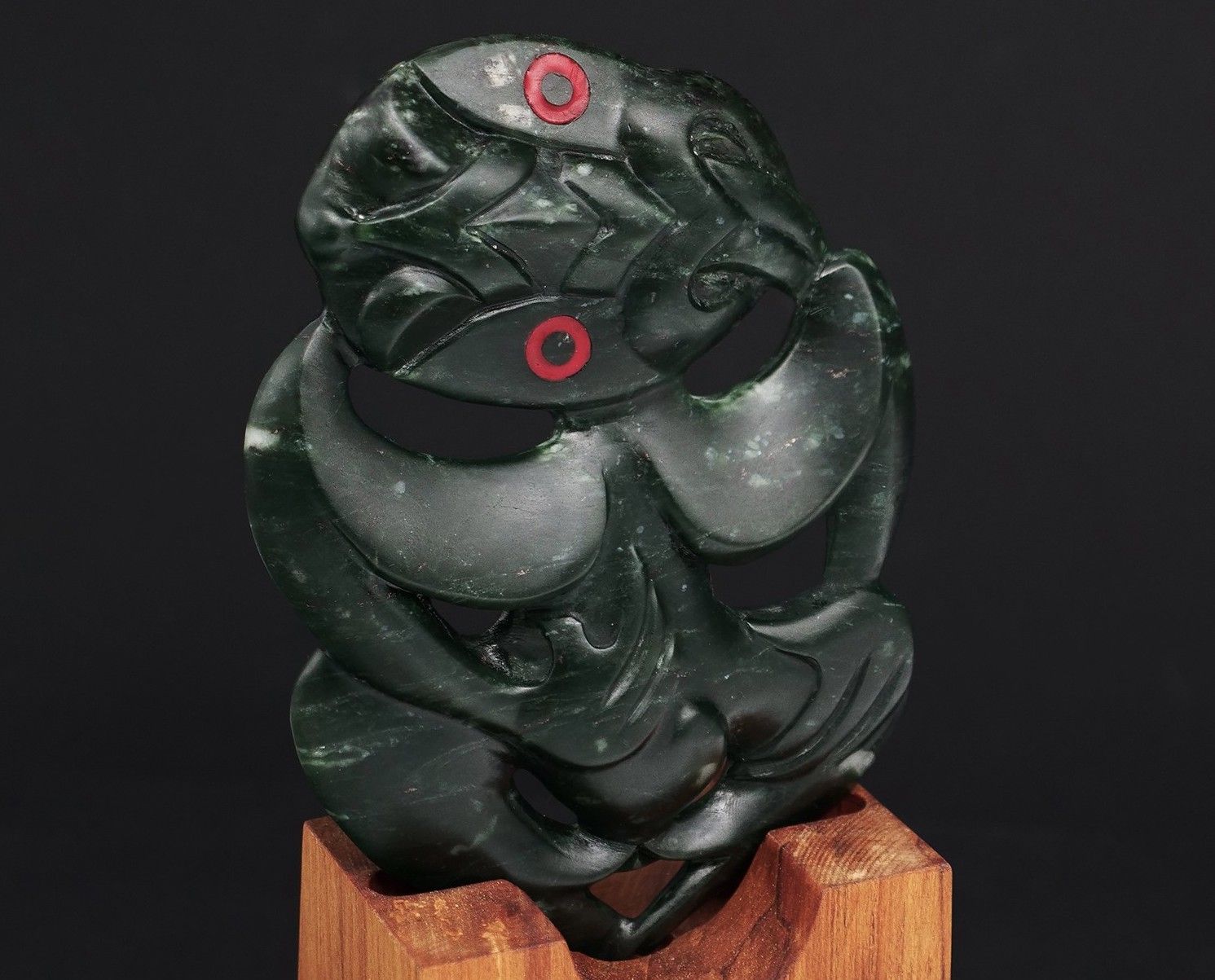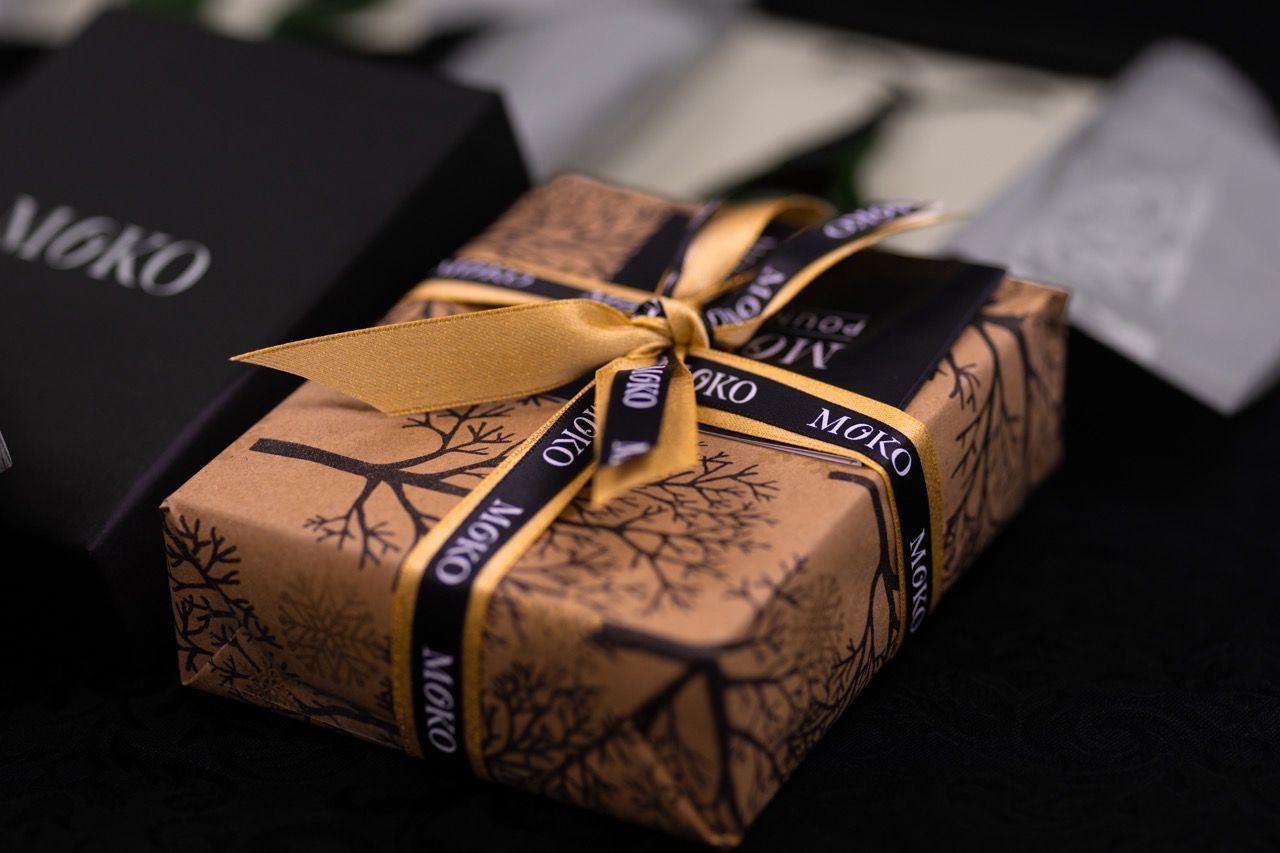
Design Elements of Maori Carving | New Zealand Pounamu
DESIGN ELEMENTS OF THE MĀORI CARVING ARTS
NGĀ AHUATANGA HOAHOA O TE TOI WHAKAIRO MĀORI
Ben Brown. October 2022.
PART 2:
FORM AND PATTERN LIGHT AND SHADOW
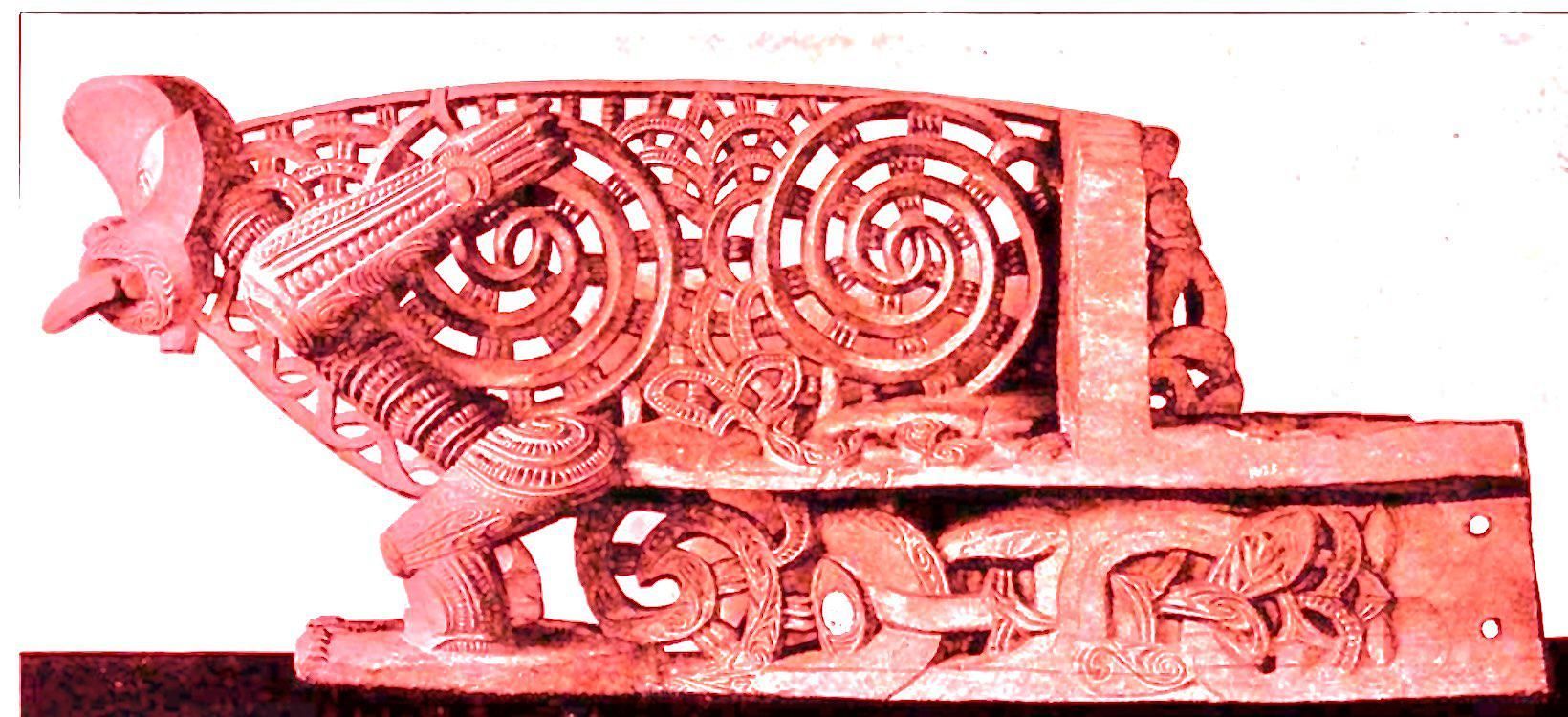
Form, pattern, light and shadow are the main components of Toi Whakairo. The predominant form is the human figure. The head is always prominent in terms of the scale of a piece, and can be naturalistic or highly stylised in appearance.
The common human forms noted in Whakairo include Tiki, Manaia and Tekoteko.
While the Manaia figure has been described as part human, part bird or sometimes part human, part fish, it is probably more likely that Manaia in fact represent a stylised human form in profile.
In complex carvings such as the Tauihu - the ornate and dramatic carved prow of a waka taua as seen in the image introducing his blog, the head of a Manaia form can be noted at the bottom of the piece behind the legs of the main figure at the front of the prow.
Facing upwards, the Manaia shows one eye revealed by the profile, wide and all seeing in the classic pūkana expression, while the nose, mouth and always protruding tongue - called whētero - the warrior’s gesture of defiance you’re sure to see in a properly performed haka; these features are suggested by curved elements also alluding to koru and takarangi, two of the major design motifs of Toi Whakairo and Kōwhaiwhai, which I’ll elaborate upon further as we go.
All the components and design elements of toi whakairo have narratives of their own, as do the carvers, the tohunga whakairo who bring their experience, skills and sense of aesthetic to the work. The head for example, receives attention and prominence because it is the most tapu part of a human. Think of your head as the house where your mana resides and you’re likely to keep a tidy house.
The human form in carving is sacrosanct in the sense that in nearly all cases it is representational of ancestry, whakapapa or some other narrative that relates directly to the people of a particular place or context or to the Māori collective experience as a whole.
The three dimensional aspect of carving brings light - te ata - and shadow - te atakau into the work. The play of light and shade across a large carved figure adds drama and the suggestion of movement where a tongue may protrude from the dark void space of a mouth or ridged curvilinear reliefs form spirals ornamenting knees, shoulders and buttocks.
Smaller spirals can be observed sometimes on the treatment of the hands and elbows, the hinges and leverage points of the human form that allow us action and physical gesture, expressions of life, vigour, vital energy. The use of the void space to introduce light itself as both form and pattern is most notably observed in the example of pītau as seen here in a detail from our waka tauihu above.
The common human forms noted in Whakairo include Tiki, Manaia and Tekoteko.
While the Manaia figure has been described as part human, part bird or sometimes part human, part fish, it is probably more likely that Manaia in fact represent a stylised human form in profile.
In complex carvings such as the Tauihu - the ornate and dramatic carved prow of a waka taua as seen in the image introducing his blog, the head of a Manaia form can be noted at the bottom of the piece behind the legs of the main figure at the front of the prow.
Facing upwards, the Manaia shows one eye revealed by the profile, wide and all seeing in the classic pūkana expression, while the nose, mouth and always protruding tongue - called whētero - the warrior’s gesture of defiance you’re sure to see in a properly performed haka; these features are suggested by curved elements also alluding to koru and takarangi, two of the major design motifs of Toi Whakairo and Kōwhaiwhai, which I’ll elaborate upon further as we go.
All the components and design elements of toi whakairo have narratives of their own, as do the carvers, the tohunga whakairo who bring their experience, skills and sense of aesthetic to the work. The head for example, receives attention and prominence because it is the most tapu part of a human. Think of your head as the house where your mana resides and you’re likely to keep a tidy house.
The human form in carving is sacrosanct in the sense that in nearly all cases it is representational of ancestry, whakapapa or some other narrative that relates directly to the people of a particular place or context or to the Māori collective experience as a whole.
The three dimensional aspect of carving brings light - te ata - and shadow - te atakau into the work. The play of light and shade across a large carved figure adds drama and the suggestion of movement where a tongue may protrude from the dark void space of a mouth or ridged curvilinear reliefs form spirals ornamenting knees, shoulders and buttocks.
Smaller spirals can be observed sometimes on the treatment of the hands and elbows, the hinges and leverage points of the human form that allow us action and physical gesture, expressions of life, vigour, vital energy. The use of the void space to introduce light itself as both form and pattern is most notably observed in the example of pītau as seen here in a detail from our waka tauihu above.
This perforated example of takarangi, the spiral or more correctly, double spiral pattern has the effect of the void space itself forming its own spiral with suggestions of the koru at its centre.
The perforations in the context of a waka prow are also a matter of function and utility, allowing the wind and wash of the waves to pass through the prow piece which, as a solid slab would be counterproductive to the entire enterprise, no matter how wonderfully
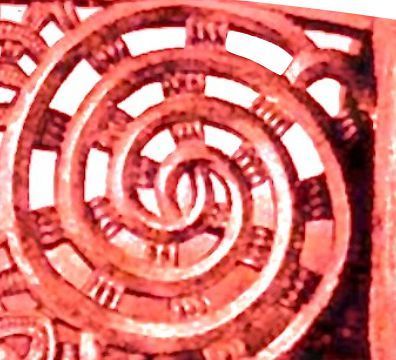
adorned and decorated the tauihu might otherwise be. There are narratives that of this type of spiral representing the inextricable link of the present in Te Ao Mārama, the world of light and life to ngā o mua, the ever attendant past of our origin. It is a way of saying that our past is always with us, it is our whakapapa and the source of our mana.
Again, these are narratives that speak directly to maintenance and well being of the human condition. The spiral of course is a universal motif, a pattern found across the world and throughout antiquity almost always with similar narratives and symbolism attached to it; the cycle of life and continuity. In the spiral we can also note suggestions of the koru, probably the most universally recognised Māori motif. Elegantly simple in its expression, at once enigmatic and yet so obvious in its quiet insistence of growth and renewal.
Again, these are narratives that speak directly to maintenance and well being of the human condition. The spiral of course is a universal motif, a pattern found across the world and throughout antiquity almost always with similar narratives and symbolism attached to it; the cycle of life and continuity. In the spiral we can also note suggestions of the koru, probably the most universally recognised Māori motif. Elegantly simple in its expression, at once enigmatic and yet so obvious in its quiet insistence of growth and renewal.
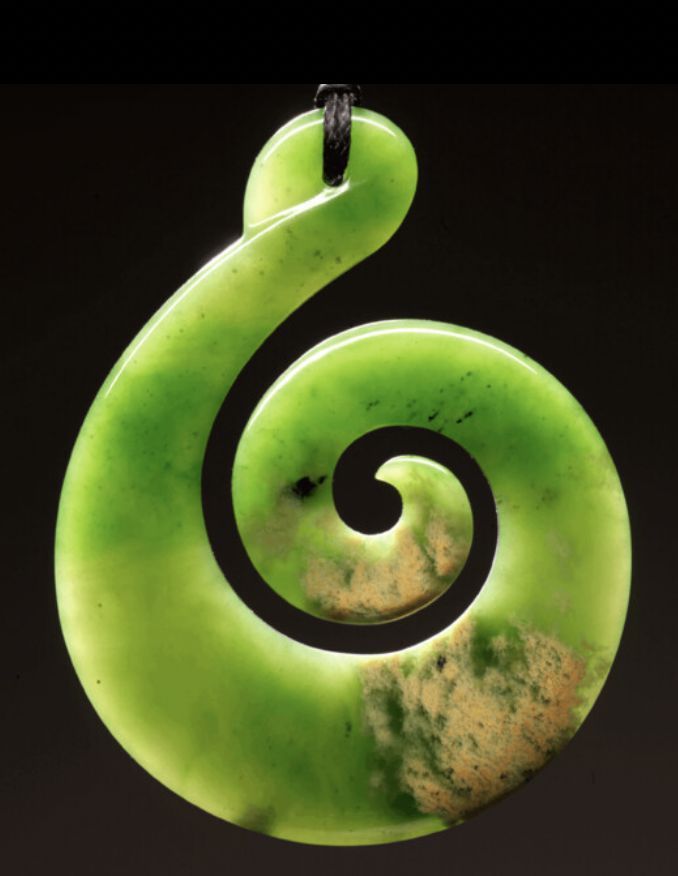
Ben Brown. October 2022.

